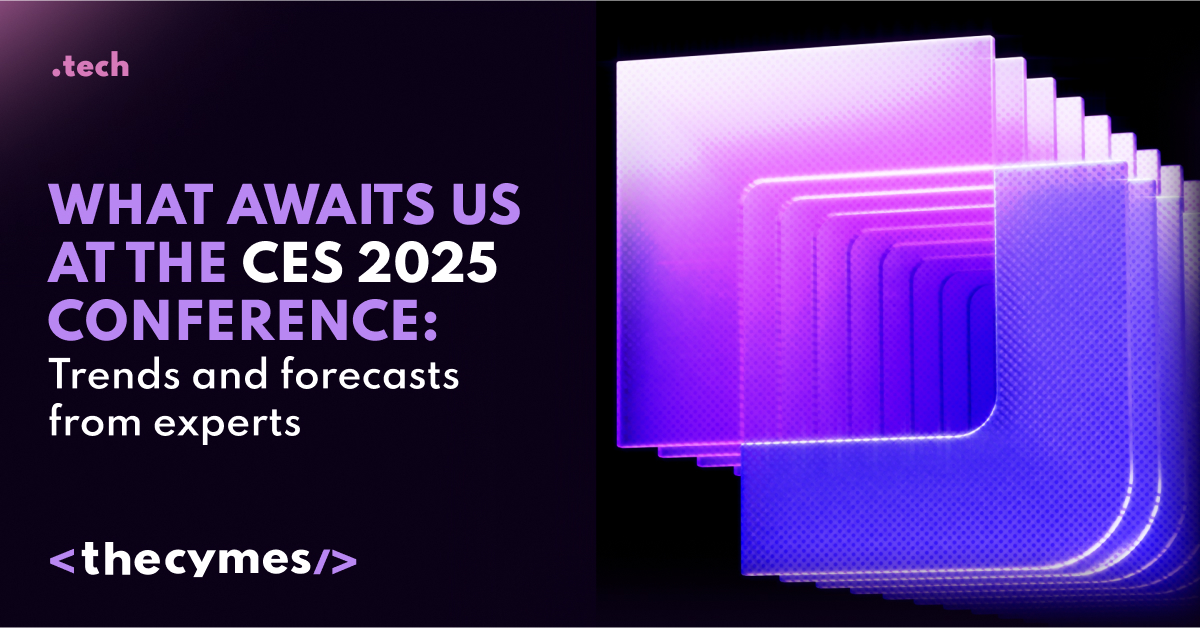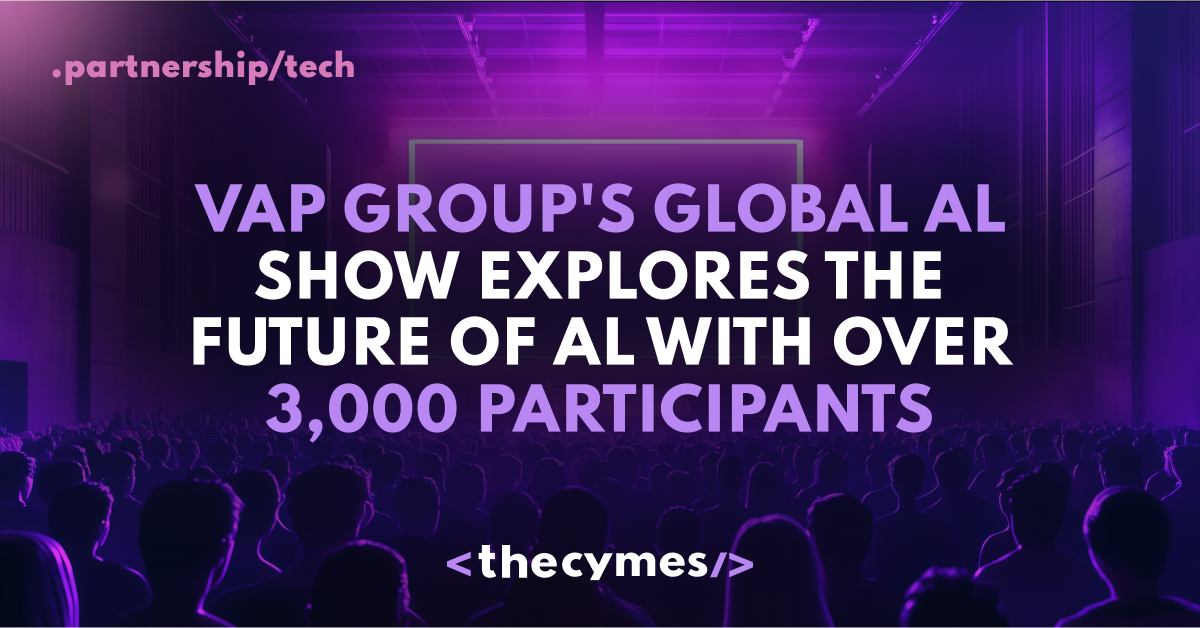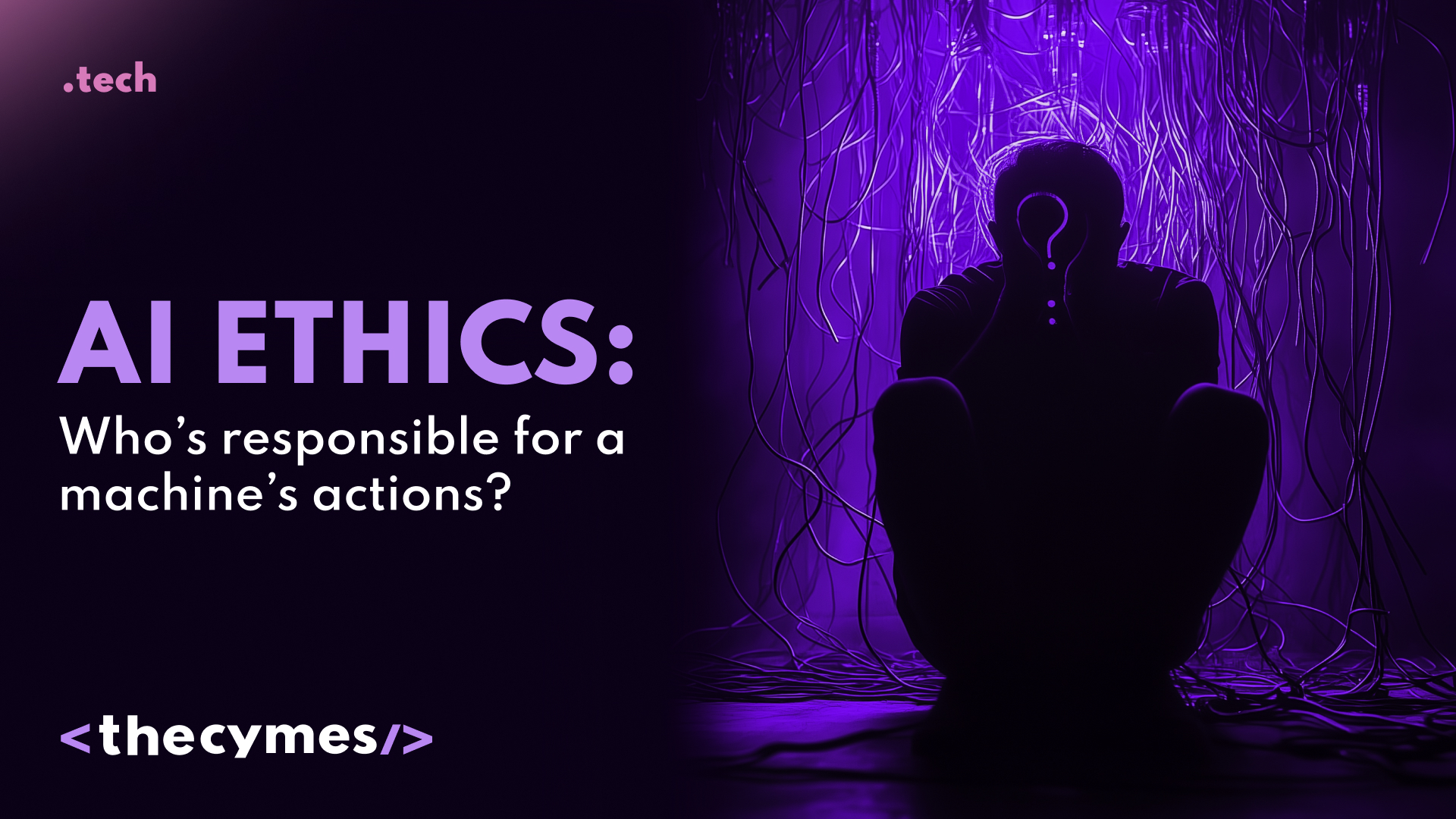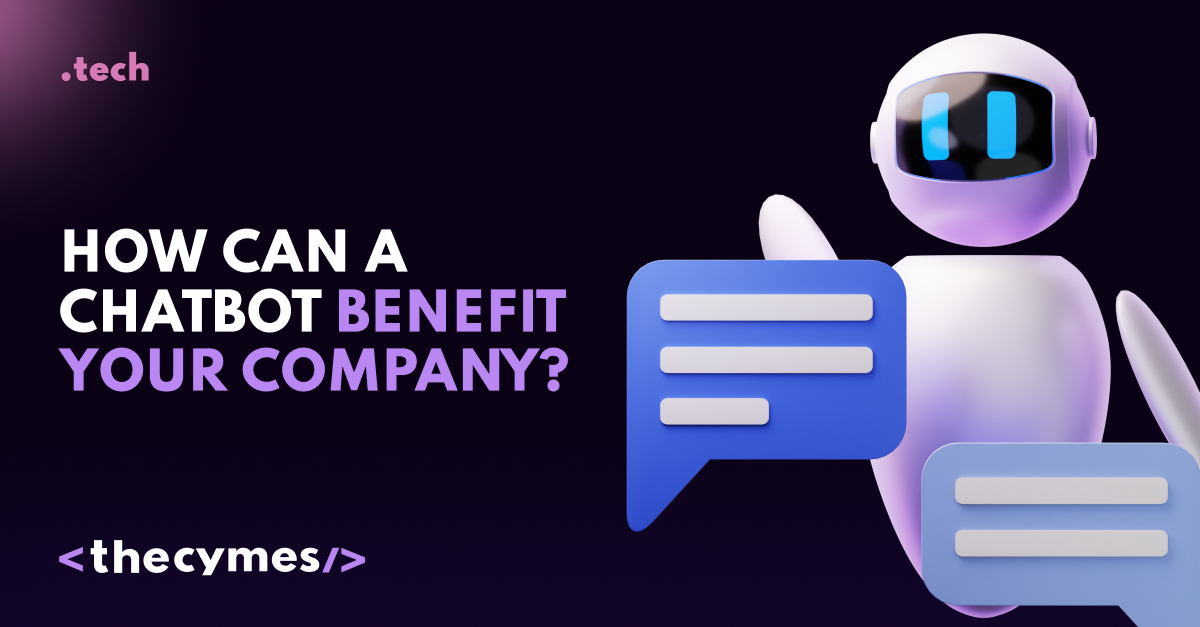Table of Content
What awaits us at the CES 2025 conference: Trends and forecasts from experts
/>Learn more about CES 2025 event, discover some tech trends from experts!What is CES?
The Consumer Electronics Show (CES) is a landmark event that has served as a platform for showcasing the latest advances in technology for over 50 years. Since its debut in 1967, CES has evolved from a consumer electronics show to a global stage for high-tech, innovation, and startups. CES 2025, taking place January 7-10 in Las Vegas, promises to showcase the hottest trends and cutting-edge technologies that could change the way we think about the future.
Health and Beauty Technologies at Home
Health and beauty technologies are becoming increasingly popular. CES 2025 will feature devices that allow users to achieve professional-level self-care at home. LED masks promise to change the way consumers think about self-care, creating new opportunities for brands in these sectors. Foreo has already gained popularity with its skincare devices, and at CES 2025, they may introduce new solutions that can make self-care more accessible and effective.
Computer Chips Optimized for AI
In 2025, one of the most anticipated trends will be new computer chips specifically designed to handle artificial intelligence models. These chips, manufactured by giants like AMD, Intel, and Nvidia, will provide a significant increase in data processing speed and a decrease in energy consumption. It will make AI technologies more accessible to a wider audience, opening up new horizons for startups and developers. NVIDIA continues to develop GPUs that not only accelerate image processing but are also optimized for neural networks. These technologies will enable more complex and powerful AI applications.
Advanced Robotic Assistants
Robotics and the automation of everyday life will play a major role in the show. New robots capable of cleaning, cooking, and providing personalized services will demonstrate how AI is integrating into our daily lives, improving quality of life and increasing safety in our homes. iRobot’s Roomba continues to evolve, adding features that allow it to not only clean but also interact with users, providing information about the state of the home.

Image from Pexels
XR & Ambient AI
Extended reality (XR) and ambient AI can change the way we interact with technology. XR heralds the demise of mobile phones, while ambient AI will provide a more intuitive interaction with devices, anticipating our needs without explicit commands. Microsoft HoloLens demonstrates how XR can change the way businesses and education work, enabling new ways to collaborate and learn. HoloLens reimagines what healthcare can look like and delivers on that promise by speeding up diagnostics, reducing time to care, enabling personalization, and improving overall outcomes. Using HoloLens, healthcare professionals can remotely connect with other experts, instantly access patient data, and bypass MRIs and X-rays to see 3D visualizations of the patient’s body. The innovations that HoloLens provides are truly incredible, and even more amazing when you realize that this is just the beginning.
AI as a Service
The AI as a Service trend offers companies access to advanced AI technologies without the need for significant infrastructure investments. This opens up new horizons for small and medium-sized businesses. Google Cloud provides services for integrating AI into business processes, allowing companies to quickly adapt to new conditions. The platform is designed to handle large-scale machine-learning workloads. It uses Google’s infrastructure, allowing users to scale resources up or down based on demand. Data scientists can build their own machine-learning models using popular frameworks such as TensorFlow and PyTorch. The platform provides tools for model development, hyperparameter tuning, and evaluation.
Аgent AI
Agent AI will be a major step in the evolution of generative AI. Integrating such technologies into business processes can lead to significant improvements in efficiency and productivity. IBM Watson already uses agent AI to automate business processes and improve customer service. The Watsonx AI portfolio allows partners to train, tune, and distribute models with generative AI and machine learning capabilities. In development for three years, IBM developed watsonx to manage the lifecycle of the underlying models that are the foundation of generative AI capabilities, as well as to build and tune machine learning models.
AI in health
The use of AI in health monitoring will be a key focus of the show. Wearable devices powered by AI will offer users personalized recommendations, improving quality of life and reducing the burden on the healthcare system. Fitbit continues to evolve its technology, offering users new ways to track health and activity. Google has launched its Fitbit Labs experimental feature program, which allows users to try out upcoming features before they're rolled out to the general public. One of these features is called Insight Explorer, and it allows Fitbit users to ask Gemini questions about their workouts using the fitness tracker. Gemini will then give users personalized insights to help tailor and improve their fitness. This exciting addition to Fitbit will become readily available in the future; however, at the moment Fitbit Labs is only open to a limited number of people.
Multimodal Systems Powered by Generative AI
Generative AI systems that combine text, images, sound, and video promise to be a big part of CES 2025. These technologies will help create personalized user experiences and optimize workflows in industries like healthcare and e-commerce. OpenAI has already demonstrated the capabilities of generative AI in practice, and we can expect to see more applications based on this technology in 2025.
Smart City Ecosystems
Smart city systems that integrate transportation, utilities, and security will demonstrate how interconnectedness can improve sustainability, environmental friendliness, and quality of life. Such systems can efficiently manage street lighting, traffic flows, and energy consumption, creating comfortable and safe urban environments. For example, Cisco offers solutions for managing urban infrastructure, such as smart monitoring systems that allow real-time monitoring of road conditions, energy supply, and public safety. This is especially important for megacities, where such technologies can reduce the load on infrastructure and minimize the carbon footprint. In Paris, for example, smart sensors are used to manage the energy consumption of street lighting, which saves millions of euros annually.
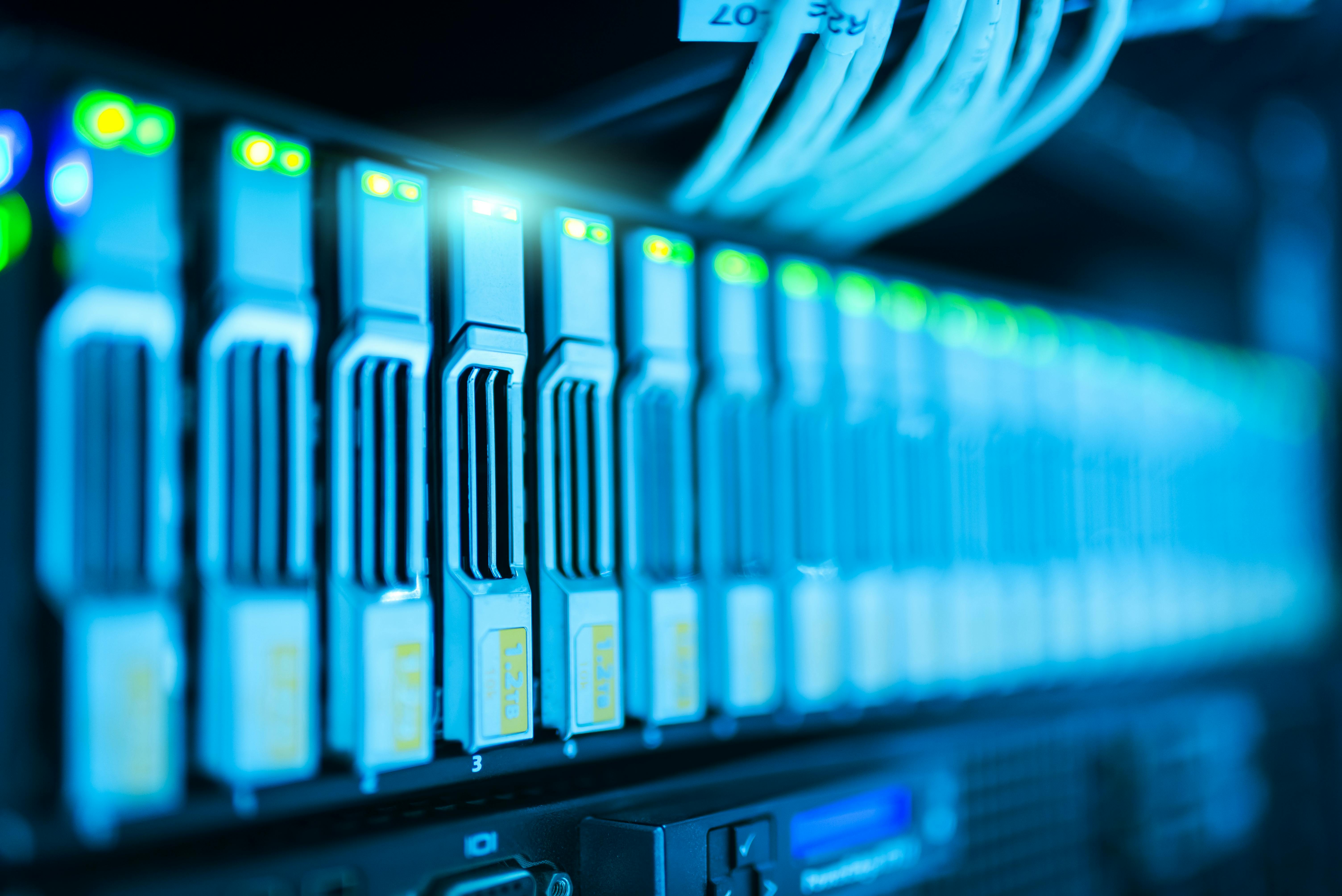
Image from Pexels
Vehicle-to-Grid Technology
With the growing popularity of electric vehicles (EVs), Vehicle-to-Grid (V2G) technologies are becoming an important element in the development of sustainable energy. Cars equipped with such technologies are capable of not only consuming energy but also returning excess power to the grid, maintaining load balance during peak consumption hours. Tesla, for example, has already implemented the Powerwall function, allowing owners of electric vehicles to use their car’s battery as a backup energy source for their home. In the future, such technologies may become the basis for the creation of autonomous homes, completely powered by renewable sources. In some countries, such as Japan, projects are already being actively tested, where EVs are used to provide energy to public buildings and even hospitals during emergencies.
Next-Generation Battery Technologies
Battery innovations are opening up new horizons not only for electric vehicles, but also for portable electronics, renewable energy, and even medicine. The solid-state batteries that QuantumScape develops, promises to improve key battery metrics: increased energy density, reduced charging times.
These batteries will be able to provide electric vehicles with a range of over 1,000 kilometers on a single charge, which will be a breakthrough for the industry. Technologies are also being developed that will allow the storage of excess energy from solar and wind power plants, making the use of renewable energy even more efficient.
Advanced V2X Communication
Vehicle-to-Everything (V2X) technologies are fundamentally changing the way cars interact with their environment, including other vehicles, infrastructure, and even pedestrians. These technologies are already showing potential to reduce accidents, improve traffic flow, and create safer conditions on the roads. For example, Ford is actively working on integrating V2X into its cars so that they can communicate with smart traffic lights, avoid accidents, and warn drivers of traffic jams or hazards. In Germany, systems are already being tested where cars communicate with cyclists via mobile apps, providing an additional level of safety for road users.
Quantum Computing
Quantum computing, at the forefront of scientific development, promises to revolutionize areas such as financial analytics, drug discovery, and artificial intelligence. It can solve problems in minutes that traditional supercomputers would otherwise take years to process. IBM is showcasing its quantum computing achievements, including its Quantum System One platform, which is already being used in academic and commercial projects. One application is modeling molecules to create new drugs, which could speed up developments in pharmaceuticals and disease treatments.
IoT Health
The Internet of Things (IoT) combined with artificial intelligence is opening up new possibilities for health monitoring and disease prevention. Devices such as wearable fitness trackers, medical sensors, and smart monitors can collect and analyze user health data in real time. For example, Philips is developing IoT devices that connect patients and doctors via cloud platforms. This allows doctors to remotely monitor a patient’s condition, adjust treatment, and warn of potential risks. In the future, such technologies could help reduce the burden on the healthcare system by providing patients with personalized recommendations to improve their health.
LEO Satellite Communications
Low-Earth Orbit (LEO) satellites are becoming an important part of the global communications infrastructure, providing internet access in remote areas and during emergencies. This technology is especially relevant for countries with difficult terrain or regions affected by natural disasters. SpaceX's Starlink is already demonstrating how satellite communications can transform access to information. Hundreds of thousands of users around the world have already connected to Starlink, including farmers in remote areas of Australia and schoolchildren in the mountains of Nepal. In the future, LEO satellites could become the backbone of the global internet, providing equal access to educational, medical, and commercial services for everyone on Earth.
Conclusion
CES 2025 promises to be the arena for discussions on the most relevant and cutting-edge technologies that can change the way we think about the future. Expert predictions highlight that technologies that once seemed like science fiction are becoming reality, and their impact will be felt in every aspect of our lives, from health and well-being to urban infrastructure and safety. Follow the events of CES 2025 and join the discussions. It is important to understand the importance of technology and its impact on our society. Stay informed, participate in the discussions, and support ideas that will help create a more sustainable and ethical future for everyone. CES 2025 is not just a technology show; it is an opportunity to look into the future we can all build together.
